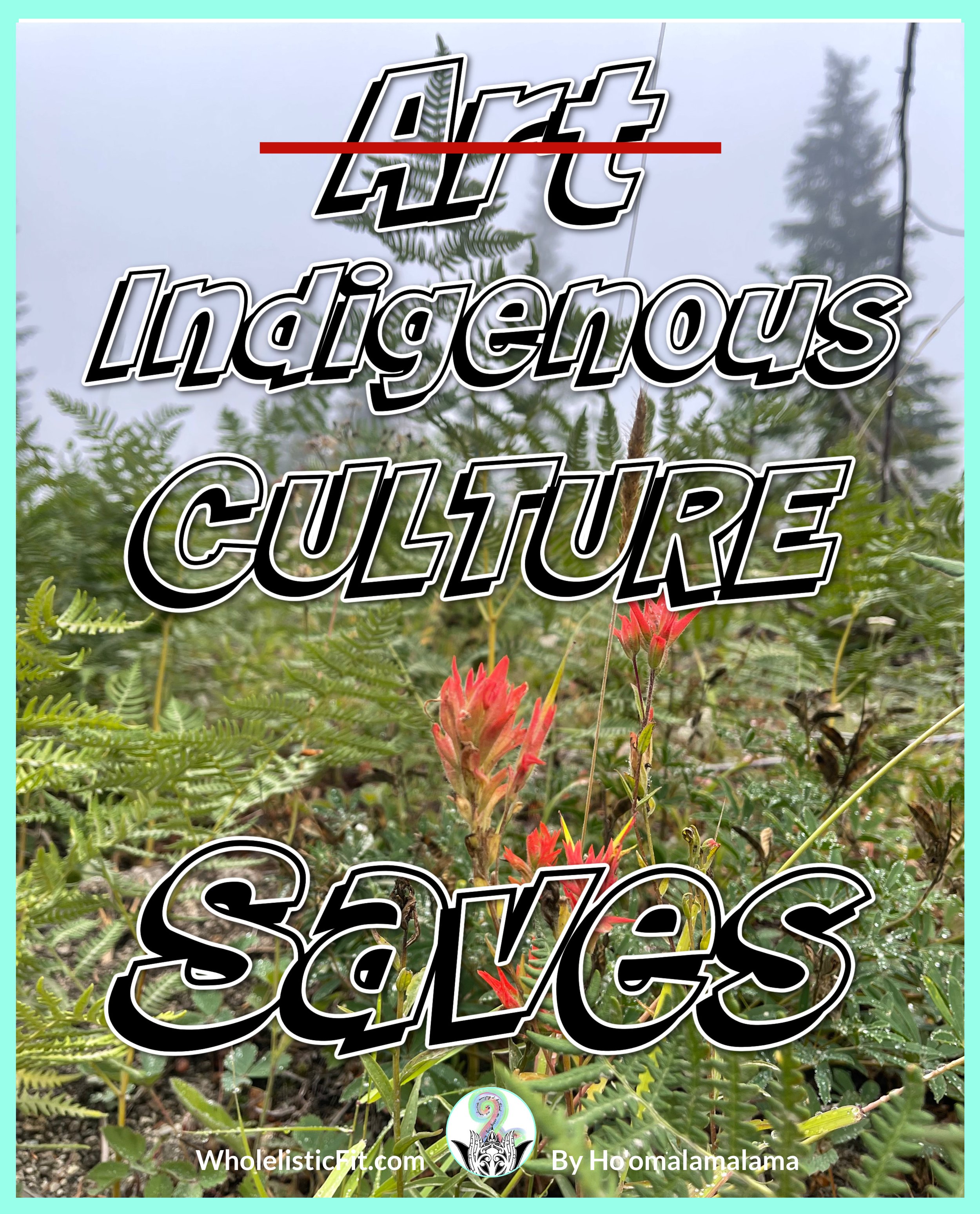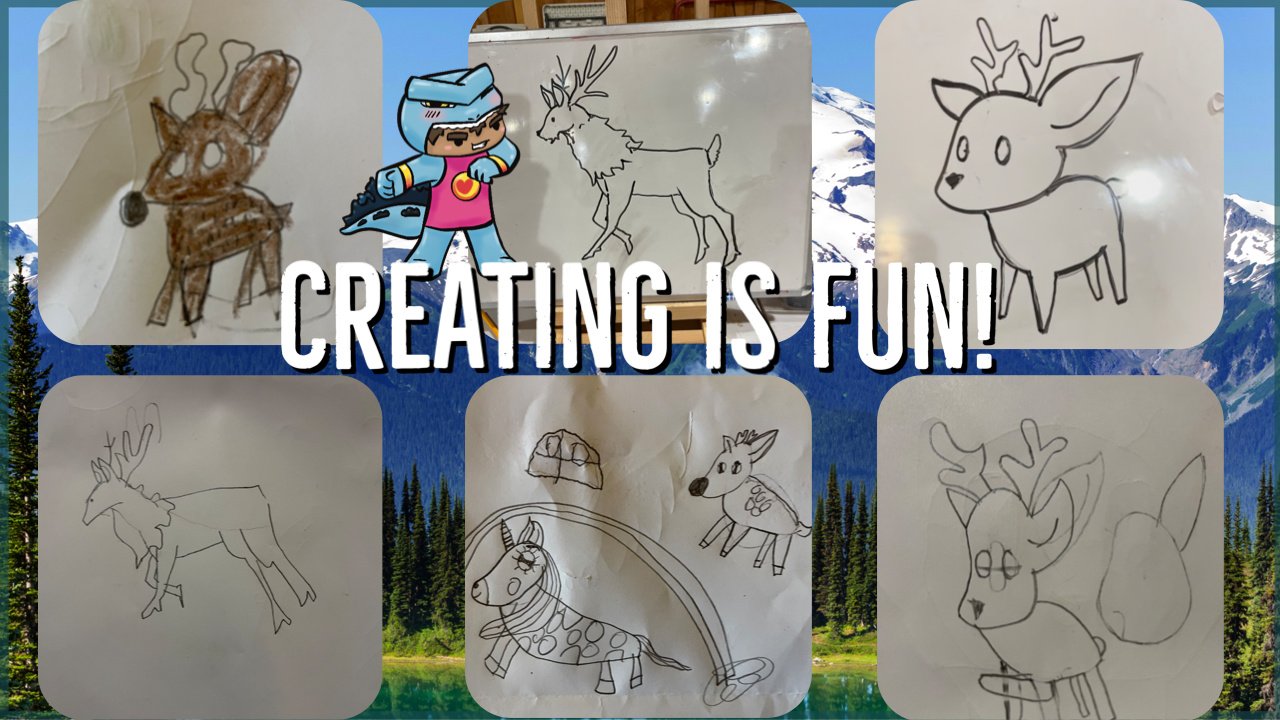Our Salvation
Actually comes from
Our Ancestors…
Woven into the fabric of each and every Indigenous Culture are the coping mechanisms and life giving advice. But what happened?
Why are we so stressed?
Why are we so busy but never productive?
Why are we struggling emotionally?
How did they manage stress?
I think the answer is found in their creativity. They did more with their hands and everything had a purpose.
“Indigenous Culture saves because it’s a collection of coping skills from our ancestors. A variety of songs, dances, crafts and prayers to help us live a good life.”
Art Saves
Actually Culture Saves
There’s a book called “Art Saves” by Jenny Doh and every artist mentioned shared how art literally saved their lives. It helped them to make sense in a senseless world but I would like to push the narrative a little bit further. I believe “Culture Saves” because it’s a collection of coping skills from our ancestors. We are left with intangible gifts such as uplifting songs, stories that motivate and an artist’s interpretation of the world. These are priceless artifacts that are passed down through each generation.
What if you don’t know how to sing, tell a story or create art?
Boarding schools, yes we had them in Hawaii, made sure that these practices would cease and they almost succeeded had it not been for pockets of ‘Ohana who continued traditional teachings despite the oppression. Then there’s the TED Talk by Sir Ken Robinson that asked, “Do Schools Kill Creativity?” Which was eye opening for parents everywhere with over 20-70million views on different platforms.
We need to revive our cultural teachings.
How do we revive our culture?
Giving our ‘Ohana a safe space to discover and develop is a good place to start. Speaking kind words and refraining from negative opinions and hurtful criticisms. Listening to the music of our ancestors and immersing ourselves in the legends and folk art of our people.
Although it’s nice to be part of the melting pot of the USA but we don’t have to loose our flavor in the process.
One day,
I was huckleberry picking and came across this amazing plant. It was so vivid against the ferns, berry bushes and evergreens.
I took a picture and showed it to a Nisqually Elder, Joyce McCloud, and she said that it looked like Indian Paintbrush. My mind reflected on a childhood story I read by the late Tomie dePaola, one of my favorite storytellers.
He wrote, “The Legend of the Indian Paintbrush” and here I was 30years later looking at the very plant.
That story influenced me and I was mesmerized by Native American Culture. It taught me to be grateful for who I am and that great things will come from small beginnings. I wanted to learn more about them as a race than I red their history and was heartbroken. I was 13 at the time.
The Significance of Culture
So many Indigenous Peoples face
layers of discrimination, genocide and eraser-culture due to colonization. Yet we all know the importance of Native heritage and knowledge. In fact every yogi who practices yoga are using someones else’s culture, one that was on the brink of destruction by the British. Let’s not forget the individuals performing Ho’oponopono ceremonies without regard or homage to the Hawaiian people. Then there’s the mass produced Dreamcatchers so far removed from its place of origin and made to sell in China.
Why are we taking?
We realize that these Indigenous Cultures offer us peace, healing and restoration. What we need to do is look within ourselves and see what our own ancestry will provide.
When is it okay?
When you’re invited to participate in someone else’s cultural practice, is a good place to start. For example I live in the Pacific Northwest and only participate in Canoe Journey, Pow Wow and Coastal Jams when invited. Luckily, being a cultural practitioner myself these invitations are always opened to my ‘Ohana and I.
Example
When I teach hula
I will open with the very same oli (chant) that was taught to me from my Kumu, teacher. Therefore I am perpetuating the Mana, spiritual power, of this oli. Then one day someone attended my workshop and decided to use my teachings as her own knowledge when speaking to a group. Instead of asking me if it was appropriate.
Unfortunately we are use to this type of cultural misappropriation. However our art from and culture belong to us.
Let me explain
If you painted an original art piece and I bought it I only own what I purchased. You, as the artist, owns the image. Therefore I can not reproduce it or print it on greeting cards.
In essence
She paid to attend but does not have the right or permission to re-teach. So many people what to borrow without paying the price. I paid the price, through time, sweat, money , tears, more time and tears to learn. Traditional knowledge is traded in time and servitude.
On a happy note
I am surrounded by awesome friends one of whom heard my teachings and asked if it was appropriate to share this knowledge to her peers. I appreciated her honesty and sincerity. She’s also a cultural person and knew to ask.
For the Youth
We started a summer/fall program called Cultural Arts Reimagined and partnered with Nisqually Culture, Nisqually HUD and Nisqually Emergency Management to provide an immersion program. I’ll post one of the tutorials we did for our online learners.






